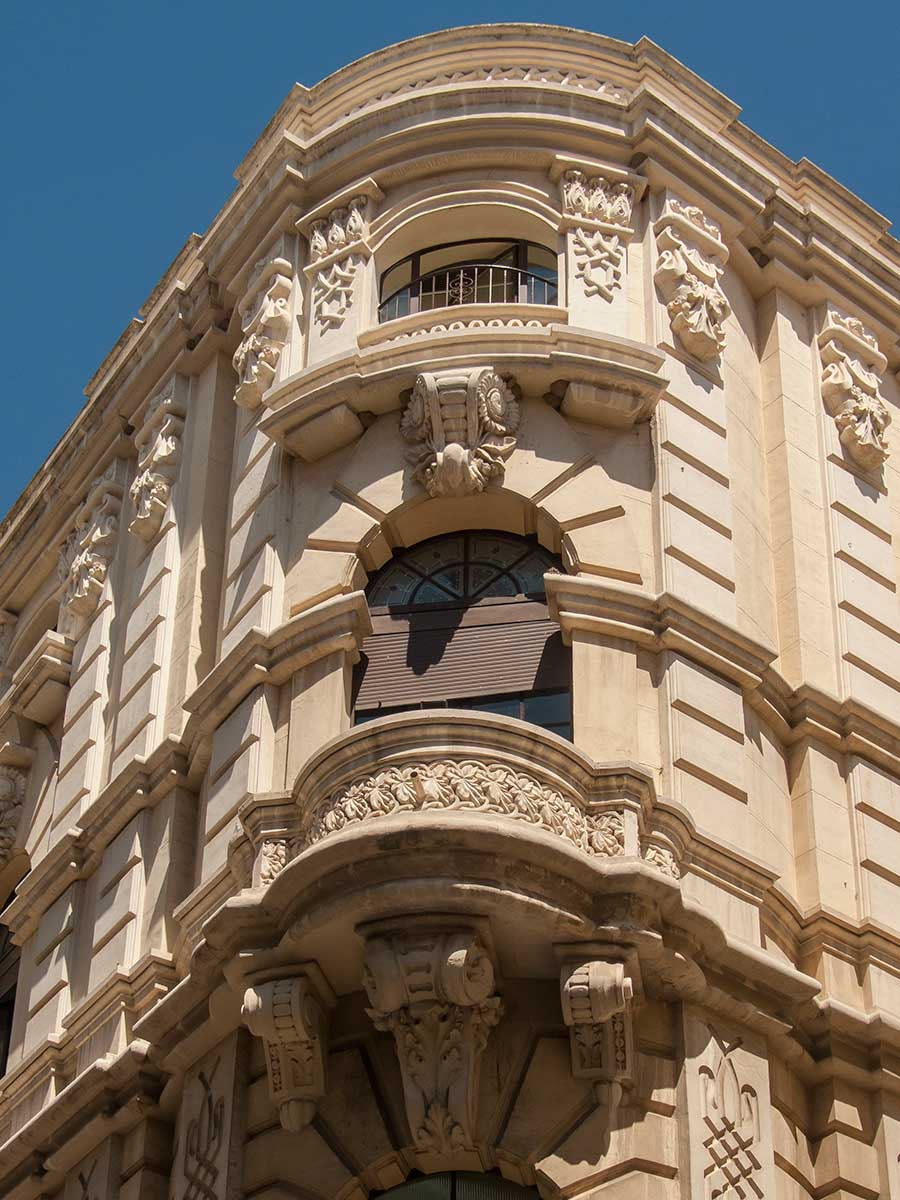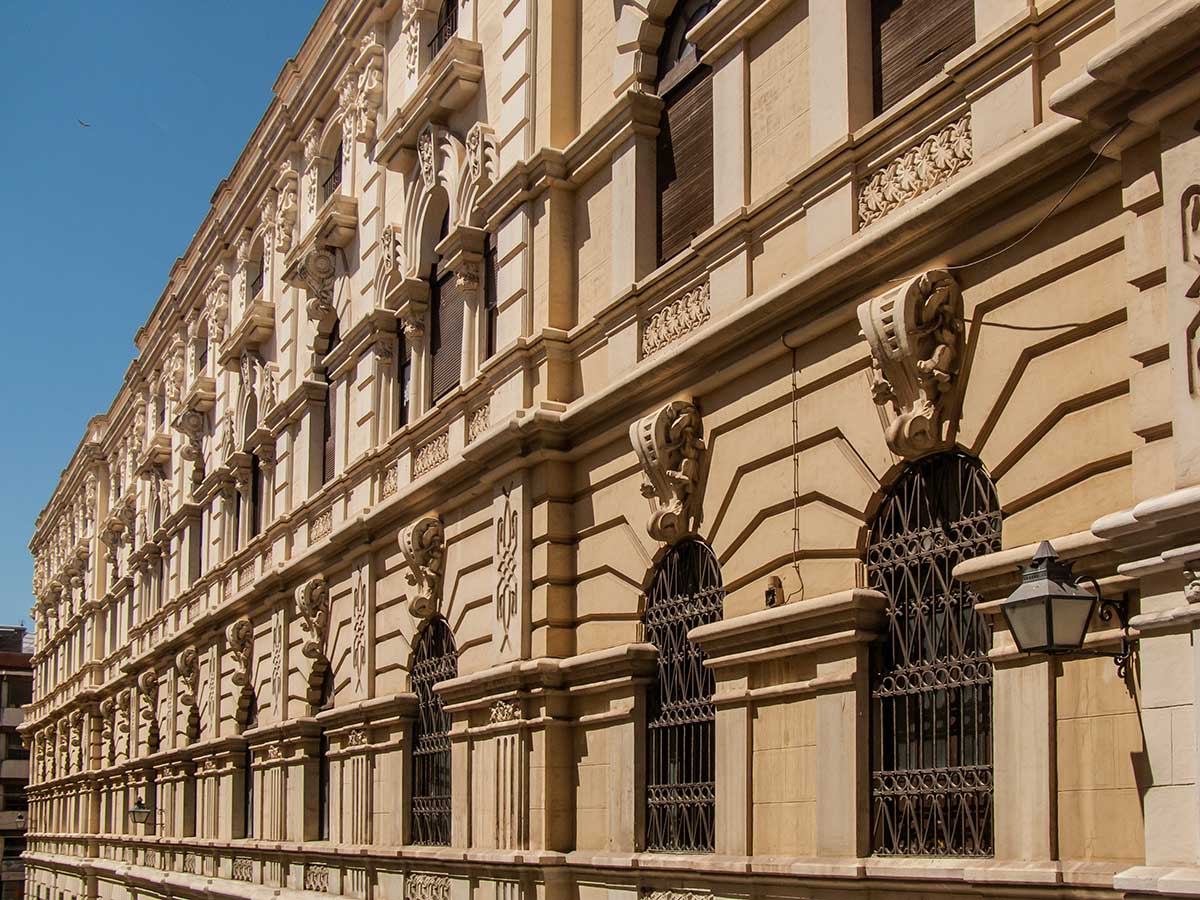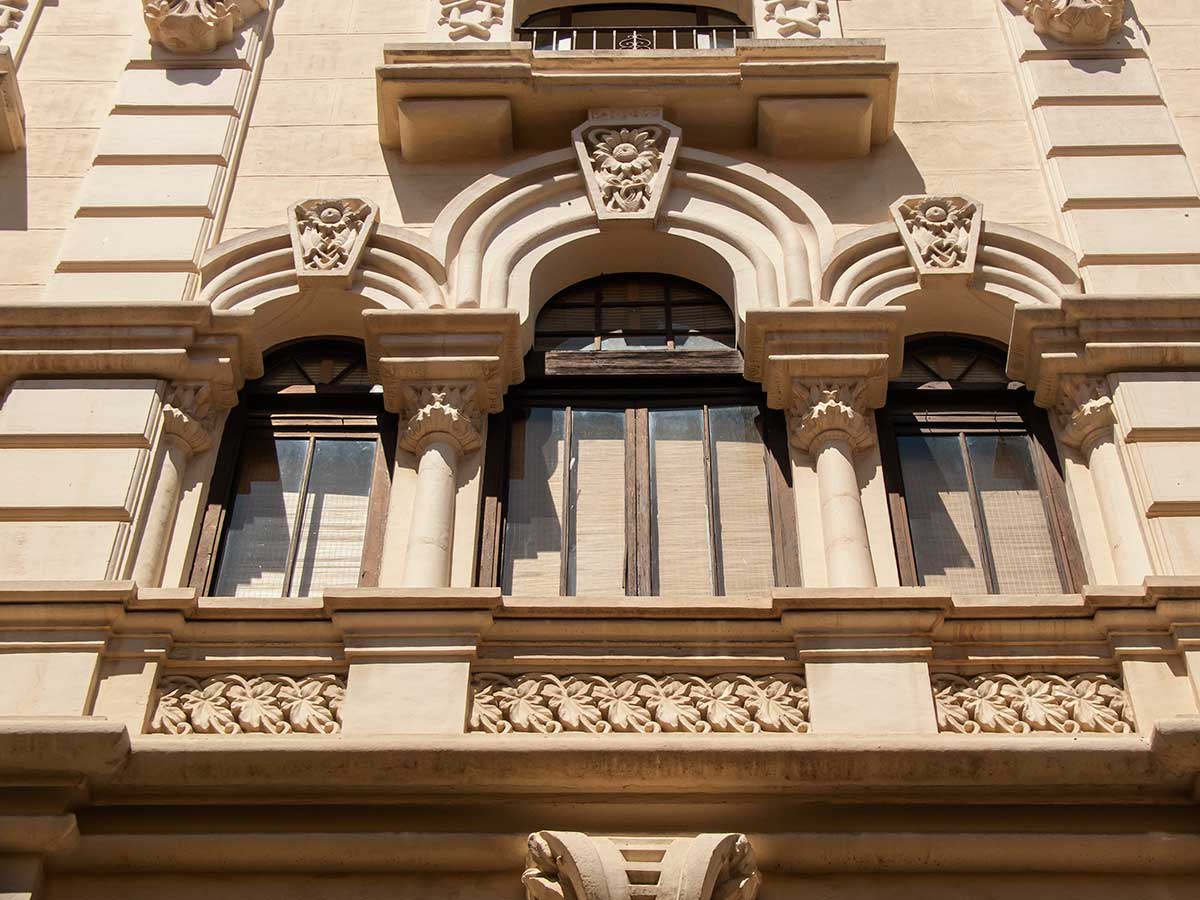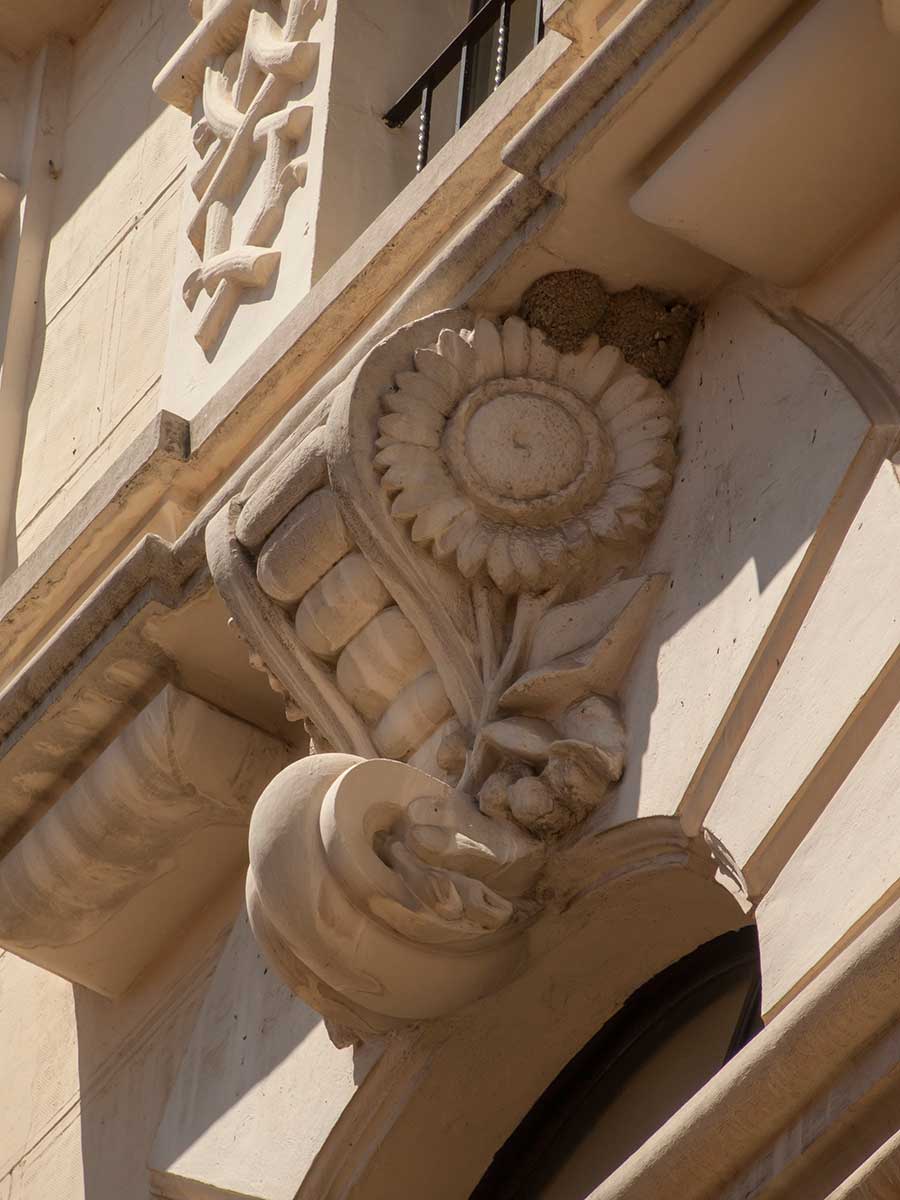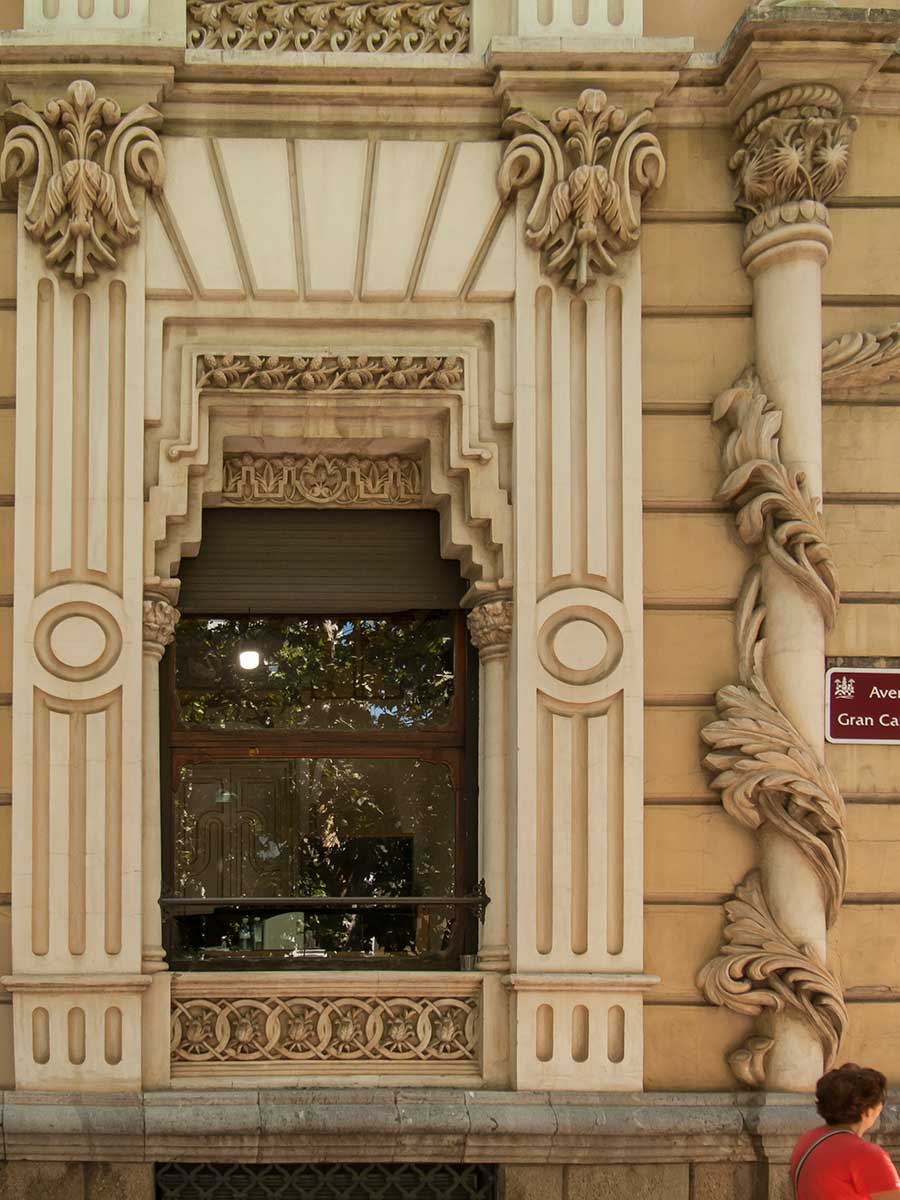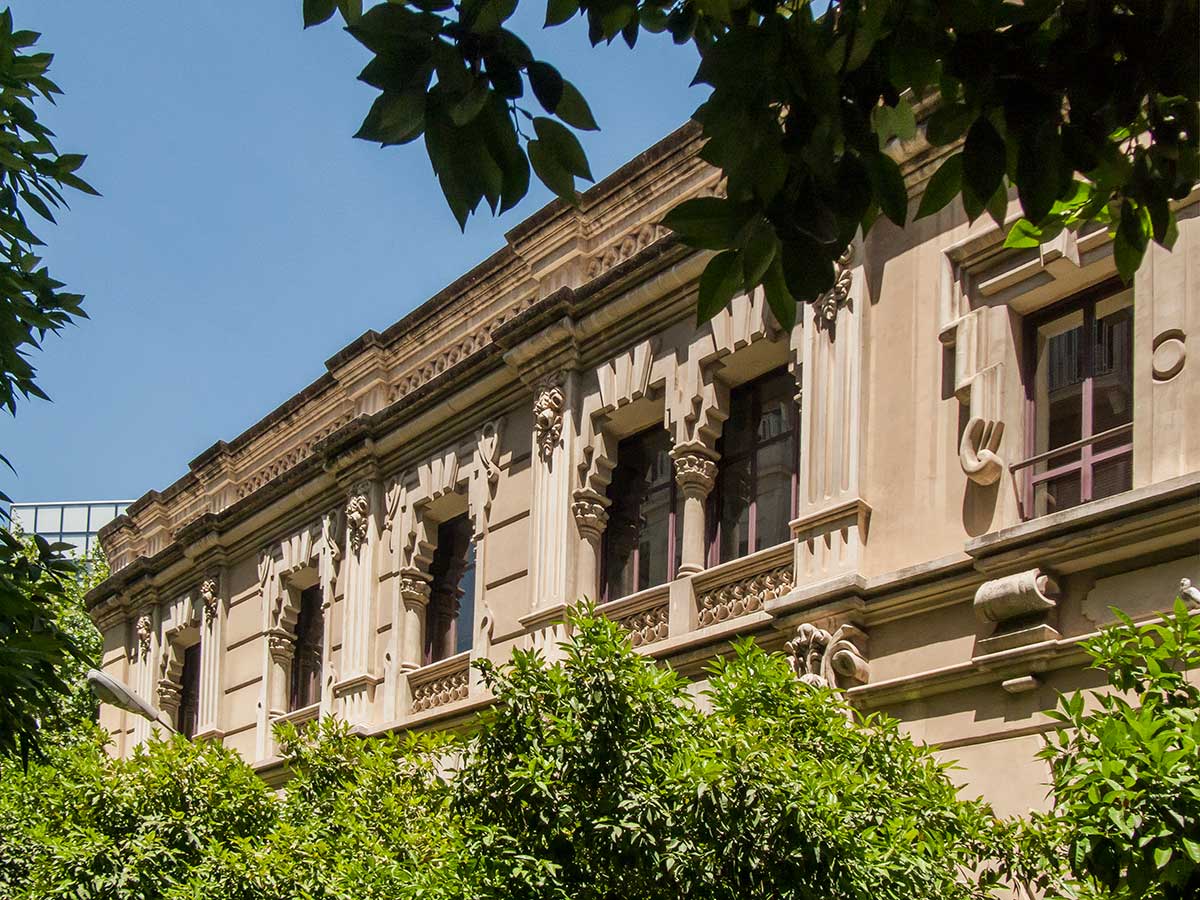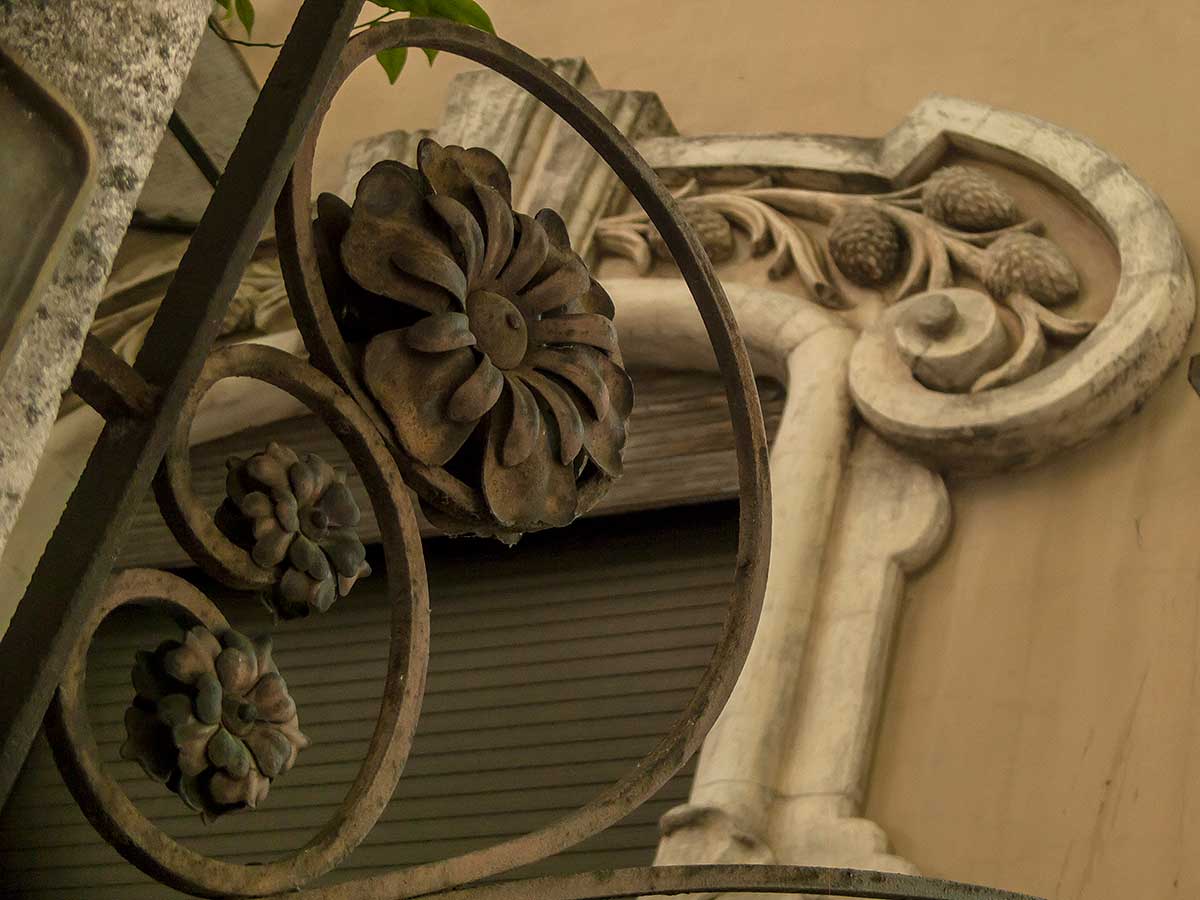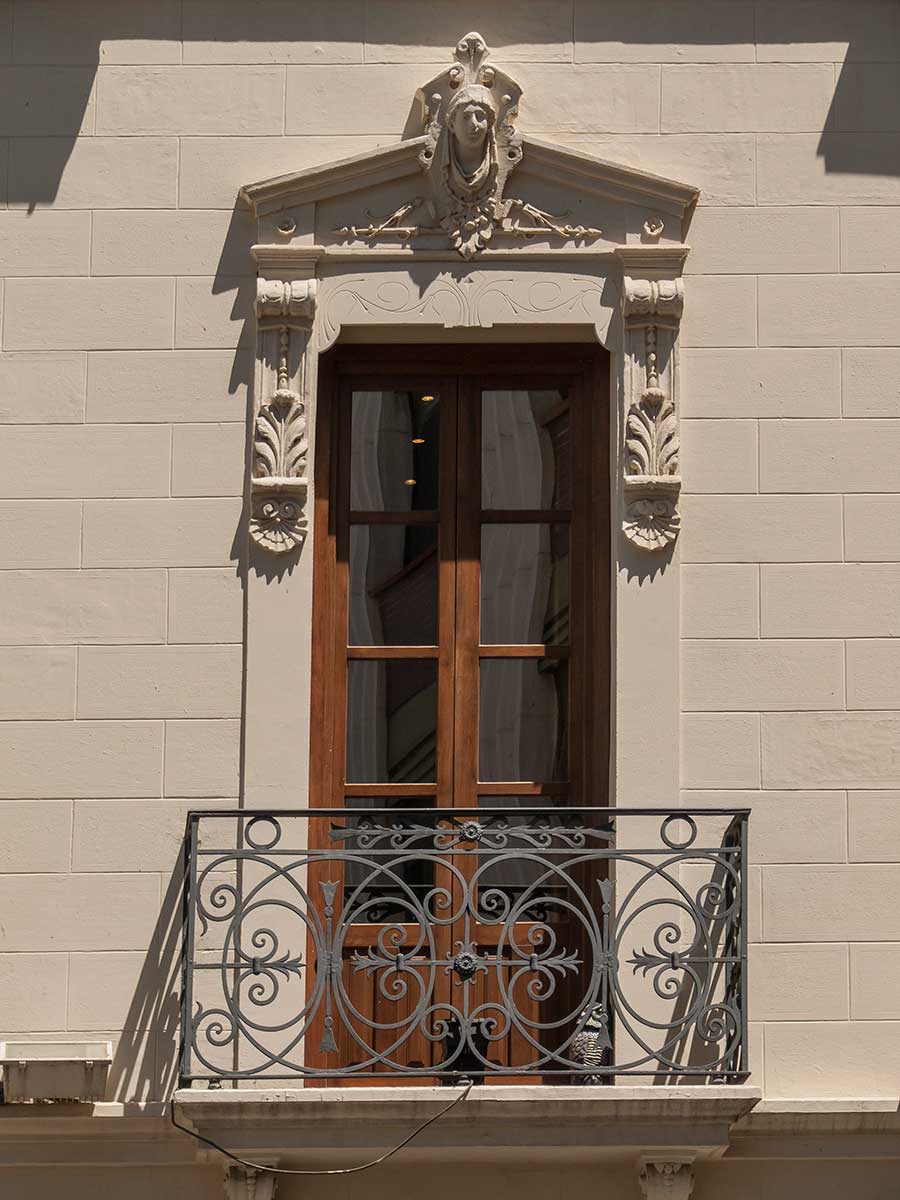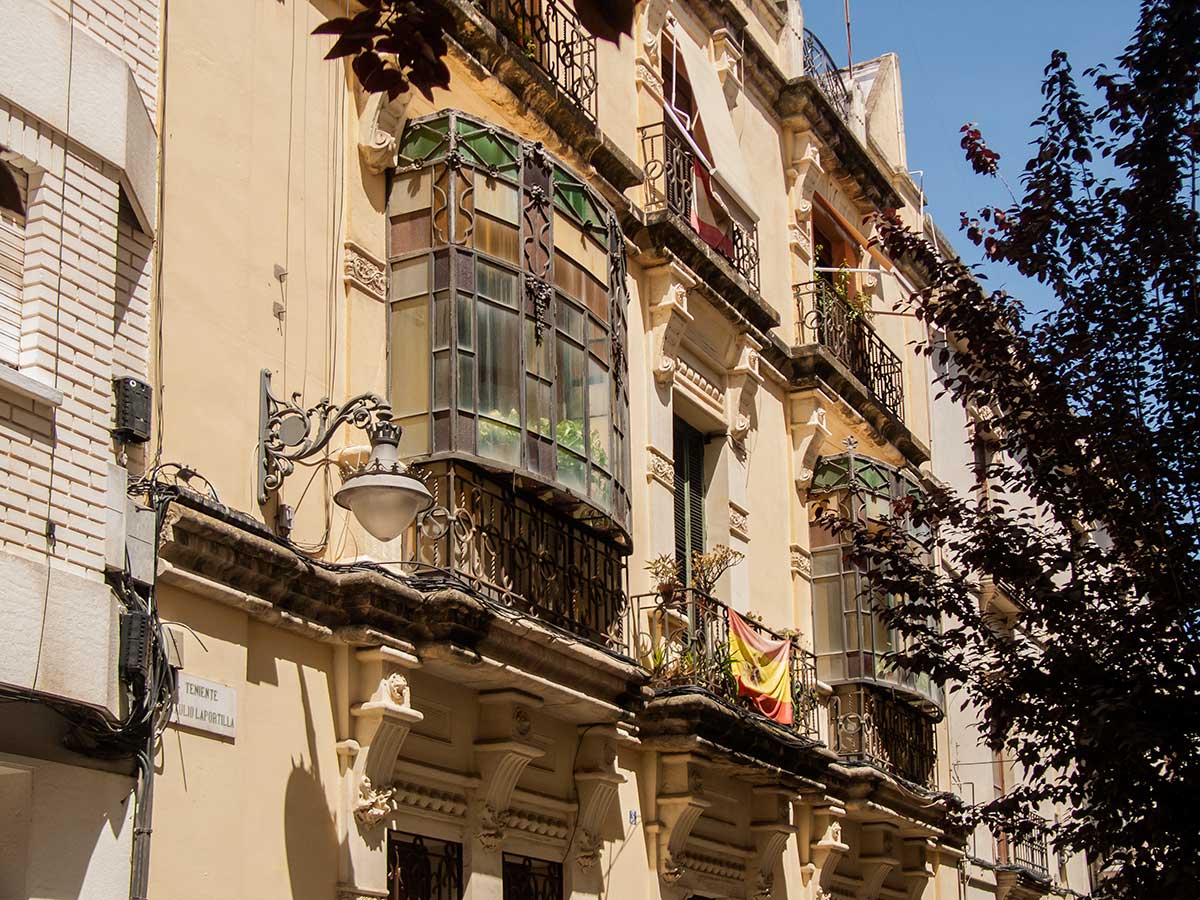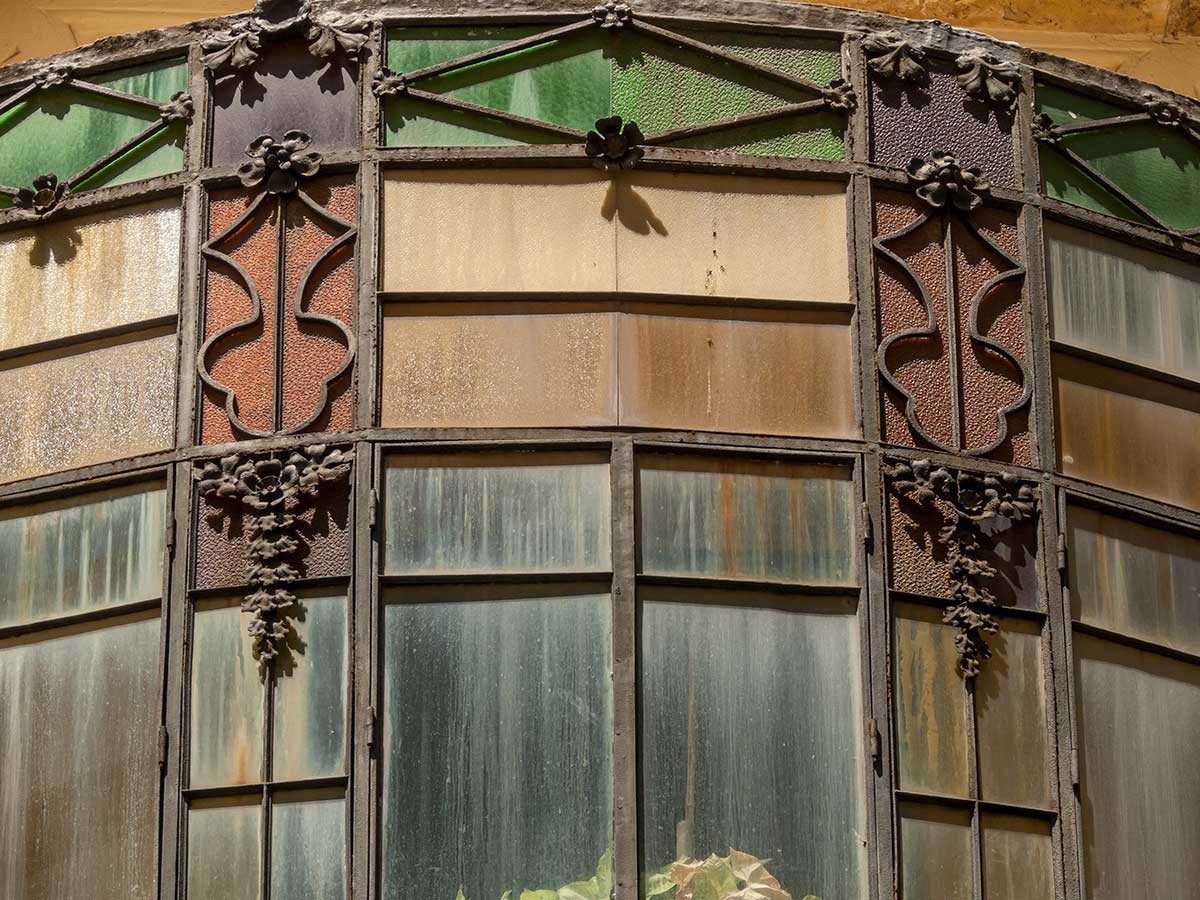Art Nouveau was an architecture style that accompanied the rise of the bourgeois social class throughout the 2nd Industrial Revolution, it went by different names: Art Nouveau in France, Jugendstil in Germany, Sezession in Vienna, Modern Style in England, Liberty or Floreale in Italy, Modernismo or Art Nouveau in Spain… This style, although not very popular, did leave its footprint in Córdoba, a small piece that is quite a place to visit.
Modernismo was directly related to the fortunes that were made around the new Industry and that in Spain gathered around cities. The Spanish Levant, from Barcelona to Cartagena, was at the center of the Industrial Revolution of the end of the XIXth century thanks to the textile industries that were then implemented. The prosperity of the endeavors in the North and East of the country had, however, a lot to do with certain political decisions that resulted in the de-industralization of the South: all the textile industries in Andalucía would be erased, thus, bringing the region to and economic halt. The situation worsen as in the mid of the XIXth century long periods of droughts dreadfully had affected the crops. It was a difficult time in the region and, of course, little economic progress was made.
Modernismo also skipped the Capital (although there is the Longoria Palace), but that is a different story. And just like Madrid had its own exception so did Córdoba: the city had in the architect Adolfo Castiñeyra y Boloix its main and sole Art Nouveau figure. He was the son of a master builder and studied Architecture in Madrid graduating in 1888. Back in Córdoba he was appointed as architect of the City Hall. There he directed the restoration process of the San Pablo church and was also the dean of the Mateo Inurria Arts School.
Castiñeyra left an interesting heritage in Córdoba, a group of Art Nouveau buildings that has nothing to envy the Modernismo in Barcelona. The first one is located in Gran Capitán street where during 1907 the architect built a small Art Nouveau palace. Inspired in Nature’s original shapes, the building has an engraved rose bush running up and down its facade. Then a marvelous iron work closes its brief front garden; the interiors also follow a Nature theme. As of today the building is home to the Municipal Architects Institution and shares the garden with a lovely cafeteria.
The second of his buildings is located in Alfonso XIIIth street with Carbonell y Morand street, right where the old Provincial government used to be. It was built in 1906 and is nowadays a public high school. The building itself was built using some of the fashions of the German Jugendstil and uses also Nature as central theme, being sunflowers the preferred motif, in fact when first inaugurated it was known as the house of the sunflowers (a pity such a name is no more). The reason: enormous sunflowers garnish its arcs and balustrades.
The popular street know as New street or Claudio Marcelo street is another location where Adolfo Castiñeyra exhibited his genius and creative mind. There are at least five buildings with his signature. Five rock solid constructions with amazing cast iron skeletons garnishing their windows. The last piece that I would like to share with you is less popular: you can find some interesting Art Nouveau ornaments in Braulio Laportilla street.
Castiñeyra was not an idle architect and he spread his work also through the rest of the province. Specially in the Pedroches valley, back then an important mining center, thus, an industrial center too. There he would get involved in many constructions but, considering its architectural value, I shall only mention the Casa Cardona, in Fuente Ovejuna.
I almost forgot to mention the Chimeneón (the big chimney) a leftover from the old Carbonell olive oil factory, that nowadays stands alone facing the Malmuerta tower. He built that with his brother the industrial engineer Alberto Castiñeyra y Bolox.
Now, without further ad, it is time for you to see some pictures of what this architect was capable of.

